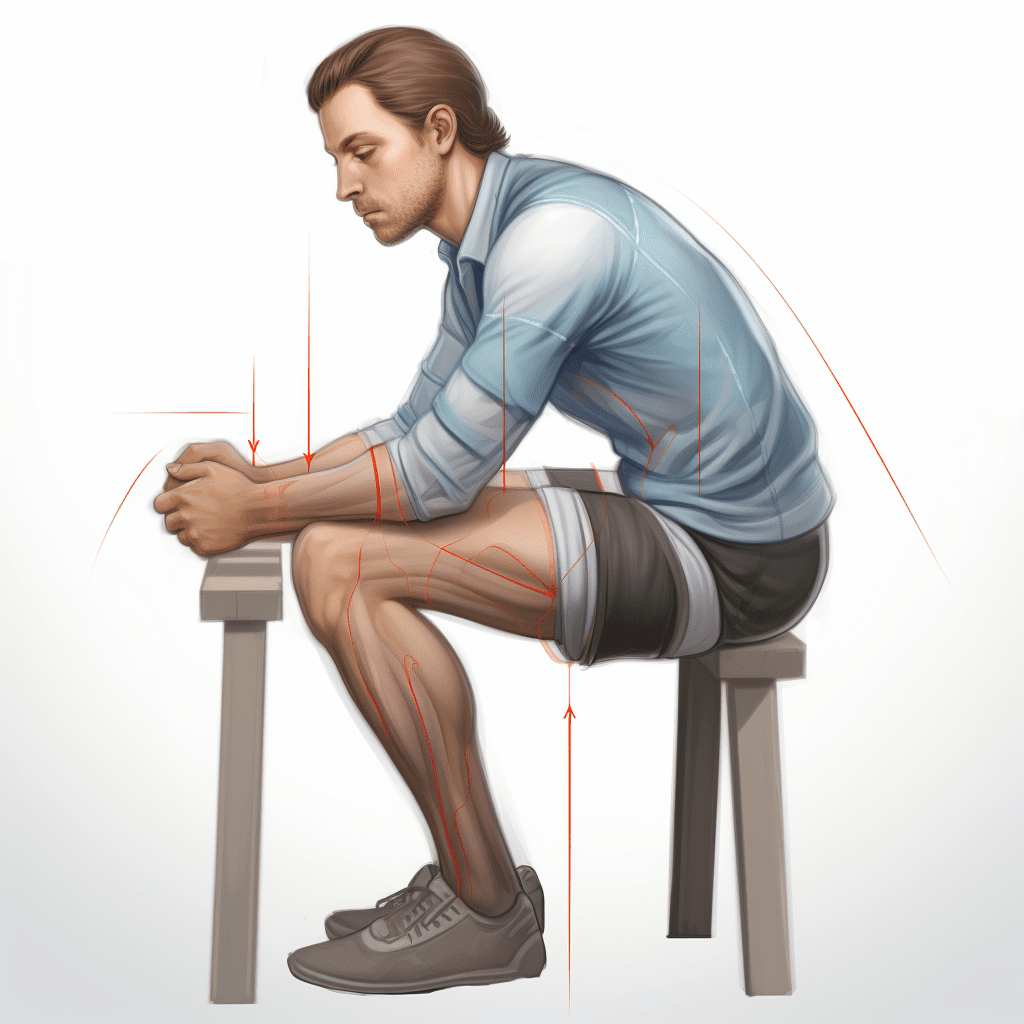
How to Get a Deeper Squat
Are you looking to improve your squatting technique and increase your range of motion? A deep squat not only strengthens your lower body muscles but also improves flexibility and mobility. Whether you’re a beginner or a seasoned lifter, here are some tips to help you achieve a deeper squat.
1. Warm Up Properly
Before attempting any squatting exercise, it’s crucial to warm up your body. A proper warm-up prepares your muscles and joints for the upcoming movement, reducing the risk of injury. Start with some light cardio to increase your heart rate, followed by dynamic stretches and mobility exercises targeting your hip flexors, hamstrings, and ankles.
2. Work on Your Mobility
Flexibility plays a significant role in achieving a deep squat. Limited ankle, hip, or hamstring mobility can hinder your ability to squat to a full depth. Implement exercises such as deep squat holds, ankle mobilizations, and hip-opening stretches into your routine to improve your range of motion.
3. Strengthen Your Core and Lower Body Muscles
To squat deeper, it’s essential to have a strong core and lower body. Incorporate exercises like planks, Russian twists, and glute bridges to strengthen your core. To target your lower body, focus on compound movements like squats, lunges, and deadlifts. As your muscles become stronger, you’ll find it easier to achieve a deeper squat.
4. Practice Squat Variations
There are various squat variations that can help you improve your form and increase your squat depth. Box squats, goblet squats, and assisted squats with resistance bands are a few examples. These variations can help you gradually progress towards a deeper squat by allowing you to work within your current range of motion while providing support.
5. Engage Your Glutes and Core
Engaging the right muscles is crucial for achieving a deeper squat. Focus on activating your glutes and core during the movement to maintain stability and control. By doing so, you’ll be able to squat deeper while maintaining proper form and reducing the risk of injury. Practice engaging these muscle groups during your warm-up exercises and throughout your squatting routine.
6. Gradually Increase Depth and Load
Building a deeper squat takes time and patience. Gradually increase the depth of your squat as your mobility and strength improve. It’s important to listen to your body and avoid pushing yourself too hard, too soon. Additionally, focus on maintaining proper technique and form, rather than solely focusing on the amount of weight you can lift. Slow and steady progress will help you achieve a deeper squat in a safe and effective manner.
FAQ
Q: Is it normal to feel discomfort during a deep squat?
A: It’s common to experience some discomfort, especially if you’re new to squatting or have limited flexibility. However, if you feel sharp pain or intense discomfort, it’s important to stop and reassess your technique. Consult with a fitness professional if you continue to experience pain.
Q: How often should I practice deep squats?
A: The frequency of your squatting practice depends on your fitness level and goals. Aim for at least two to three squat sessions per week, allowing for proper rest and recovery between sessions. As you become more comfortable and experienced with deep squats, you can increase the frequency if desired.
Q: Can I still do deep squats if I have knee or back issues?
A: If you have pre-existing knee or back issues, it’s crucial to consult with a healthcare professional or a qualified trainer before attempting deep squats. They can provide guidance on modifications or alternative exercises that will be safer for your specific condition.
Q: How long does it take to achieve a deep squat?
A: The time it takes to achieve a deep squat varies from person to person. It depends on factors such as your current mobility, strength, consistency in training, and individual body anatomy. With consistent effort and a focus on proper form, you can expect to see progress within a few weeks to a few months.
Q: Can I use squat shoes or a heel lift to help with deep squats?
A: Squat shoes or a slight heel lift can help improve ankle mobility and allow for greater squat depth. However, it’s important to note that they are not a substitute for proper mobility and strength training. It’s always best to work on improving your natural range of motion before relying solely on external aids.
Q: Are deep squats suitable for everyone?
A: Deep squats may not be suitable for individuals with certain mobility restrictions or underlying health conditions. It’s important to consider your own unique circumstances and consult with a healthcare professional or a qualified trainer to determine if deep squats are appropriate for you.
By implementing these tips and gradually working towards a deeper squat, you’ll not only improve your squat performance but also enhance your overall lower body strength and mobility. Remember to always prioritize proper form and listen to your body to avoid injury and achieve long-lasting progress. Happy squatting!
